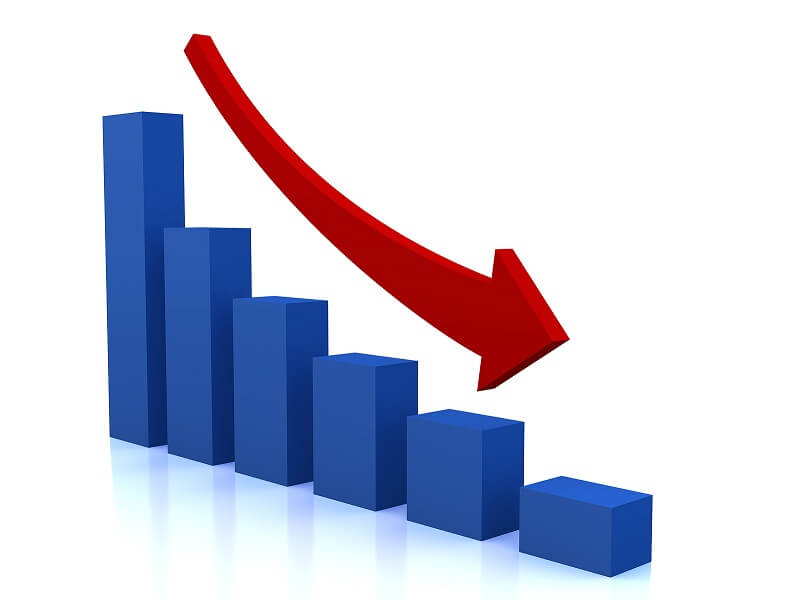
Interest rate and property sector
Interest rate is the amount charged as a percentage on the principal amount / loan. Interest rate is charged on annual basis for the specific duration of loan. Interest rate is set by central banks and different countries have different interest rates. Developed countries have low interest rates, whereas developing nations have higher interest rates. Interest rate is also good indication of national inflation as higher the inflation higher the interest rate and vice versa. Lets discuss the relation of interest rate and property sector in detail.
Relation between interest rate and property sector
When interest rate is decreased we see higher real estate actives. Whereas, when interest rate is increased we see decline in real estate transactions. The reason for this move is that low interest rate makes loan payment easy and people take more loans to buy properties, whereas high interest rate makes the repayment of loan difficult and people take fewer loans and we see decline in property transactions. Moreover, property prices increase when interest rate is low and decrease when interest rate in high.
Interest rate and Pakistan property boom
Pakistan real estate sector witnessed boom from 2003 to 2005. During that property boom, interest rates were record lower at 7.5%. What actually happened was that people just withdrew money from banks and invested in property sector? Due to the massive investment in real estate sector, prices were increased by many folds. On the other hand when interest rate was increased again in 2005, property prices crashed as people sold out properties and deposited money in banks again.
Conclusions:
For property investment, one should always look to the interest rate trends. One should invest in property sector when interest rate is high and sell property when interest rate in low. This is because property prices are low when interest rate in high (time to buy) and property prices are high when interest rate in low (time to sell).
